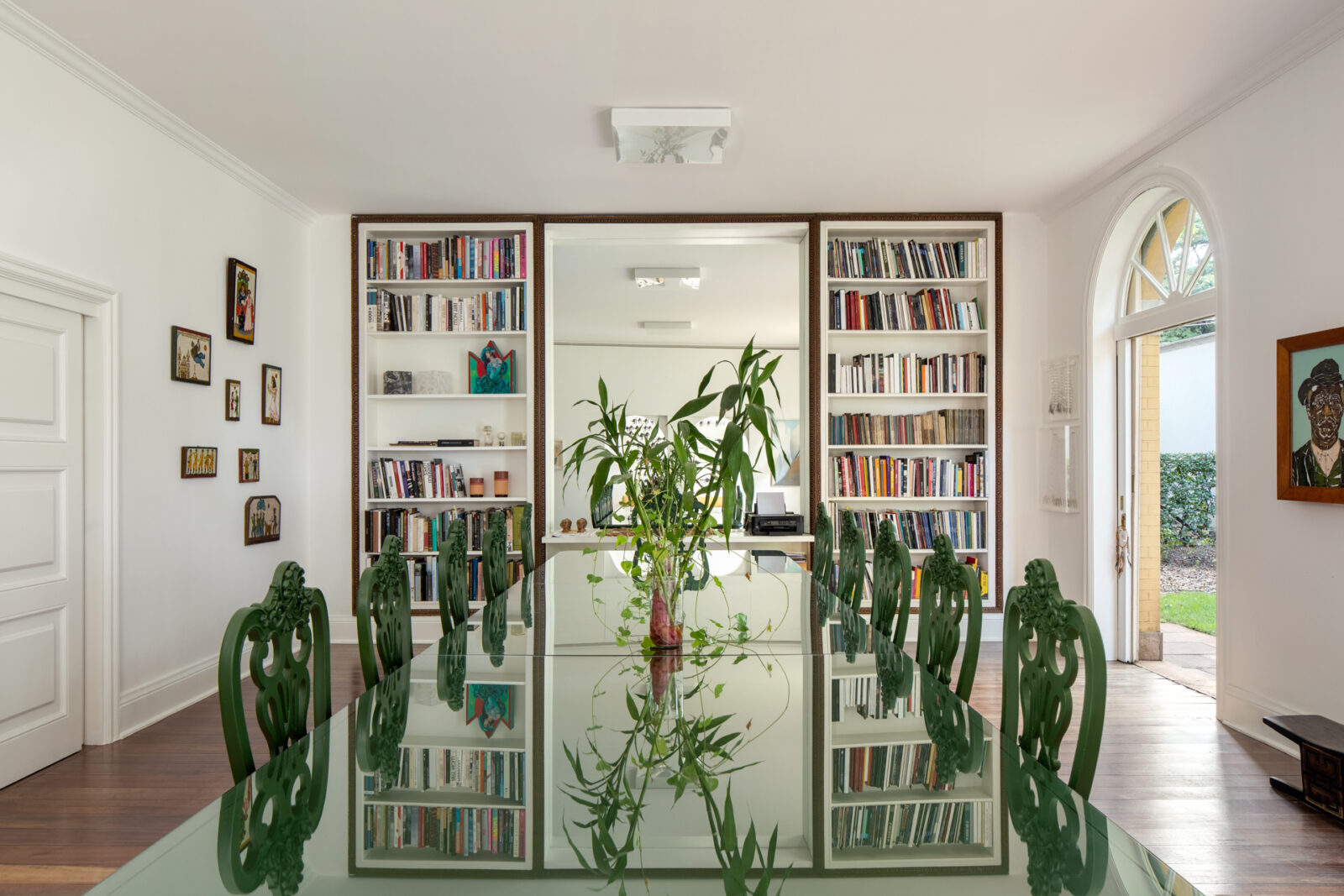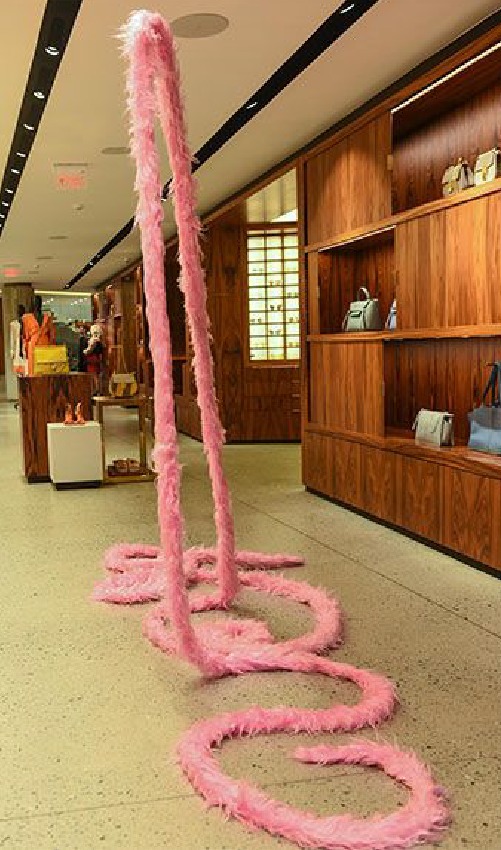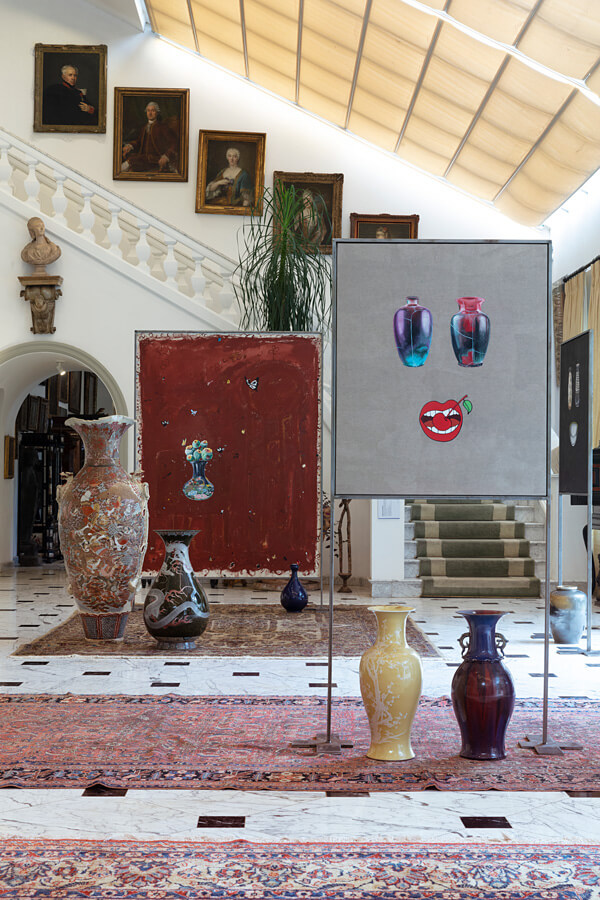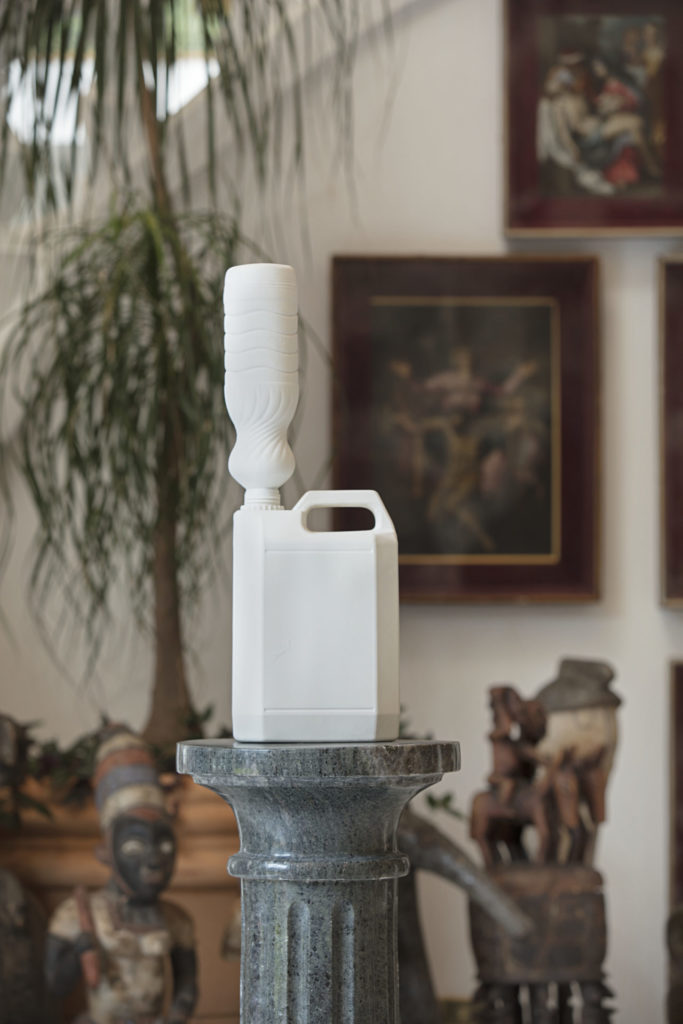


KURA, from the German “Kuratorium,” which means curation.
Founded in 2018 by Camila Yunes Guarita, KURA is an Art Advisory company whose mission is to deepen the connection between individuals and companies with Art, providing guidance in the acquisition and sale of artworks. It also works in the management of private and institutional collections and the creation of unique projects and experiences in this universe.
With a specialized and multidisciplinary team and a network of partners that includes key players in the market (artists, galleries, auction houses, fairs, museums, and institutions), KURA operates with transparency and professionalism, serving its clients in a personalized manner.

Camila is the founder and managing director of KURA. She holds a degree in Architecture from Mackenzie and École Nationale d’Architecture Paris Val de Seine. She specialized in Contemporary Art and Its Market, How the Art World Works, and Foundations in the History of Art at Sotheby’s. She has worked in Sales & Liaisons at Galleria Continua and Galeria Nara Roesler, as well as in production at Galeria Aveline. From 2015 to 2018, she was a co-founder of GoART Art Advising. She is a VIP Representative at ARCO Madrid and Lisbon fairs and art curator for Numéro Brasil magazine.
Camila Yunes Guarita

KURA is a pioneer in Art Advisory services in Brazil. Through a multidisciplinary team with market expertise, we guide art enthusiasts and collectors in acquiring artworks. Acting in the best interests of our clients, we act as intermediaries between collectors and other market agents such as primary and secondary market galleries, auction houses, artists, and private collections.
We work in all stages of the artwork acquisition process, offering personalized services for research and selection of artworks based on our clients’ profiles and interests. Additionally, we facilitate all pre and post-sale logistics, whether national or international.
Stages: client profile analysis, selection, acquisition, negotiation, pre-sale, logistics, and post-sale.
+ Exclusive experiences and relationships: access to exclusive events on the national and international art calendar, including pre-opening of major exhibitions, fairs, and events; visits to private collections, artists’ studios, and institutional collections, as well as cultural immersion programs in national and international destinations.

Our Collection management sector works on the identification and preservation of the cultural and financial value of private and institutional collections, offering services that provide collectors with information, transparency, and security in the management of their artworks.
Through the expertise of a multidisciplinary team and continuous care, we monitor opportunities and advise collectors or institutions in strategic decisions regarding their assets.
Services:
/ Cataloging;
/ Management and supervision;
/ Collection books;
/ Appraisal and market strategy.












































